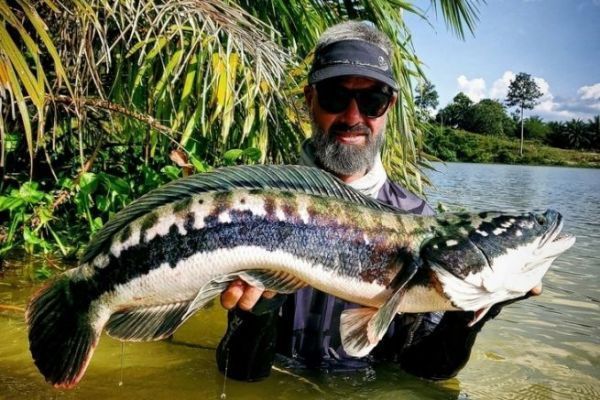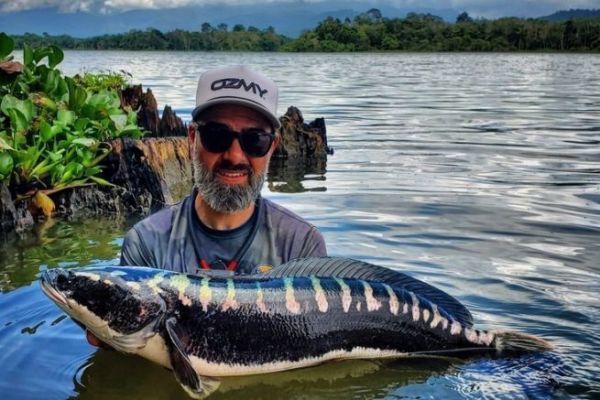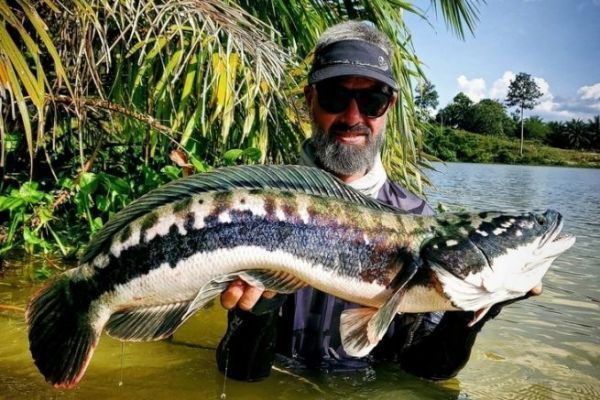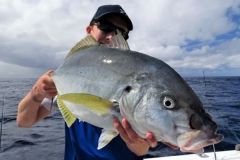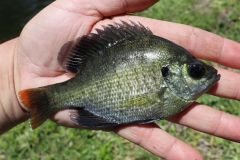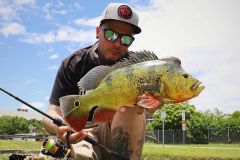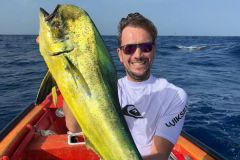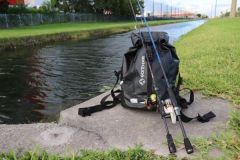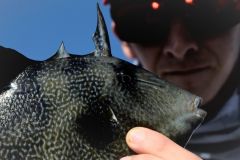The Blind Cast - Powerfishing
This technique is the most widely used for stalking giant snakehead, and is certainly the one that has brought the predator to light. It has led to the development of specific lures, such as the famous "Jump Frog", which allows surface fishing with very high retrieve speeds.
Lures have evolved and it's now mainly with soft lures that we prospect the banks and other aquatic vegetation when we practice this technique, which is none other than powerfishing. However, it requires a reel that allows for fast retrieves. Skipping is a plus.
The Blind Cast is mainly used when conditions are too windy to fish exposed areas.
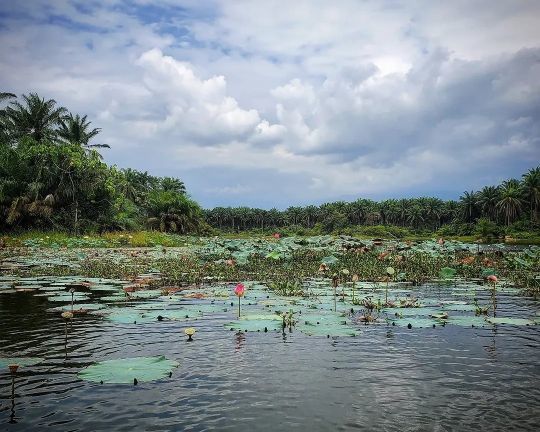
Le Sight Cast âeuros Surface fishing
As the toman needs to surface periodically to breathe, it is easy to spot. This particular technique requires speed, precision and the ability to cast from a distance.
It involves hovering the boat over an area marked by rises and watching the surface of the water for a fish coming up for air.
By coming to breathe like this, it creates a particular wave that you'll learn to identify. You then have a few seconds in which to throw at the right spot to trigger the reflex attack.
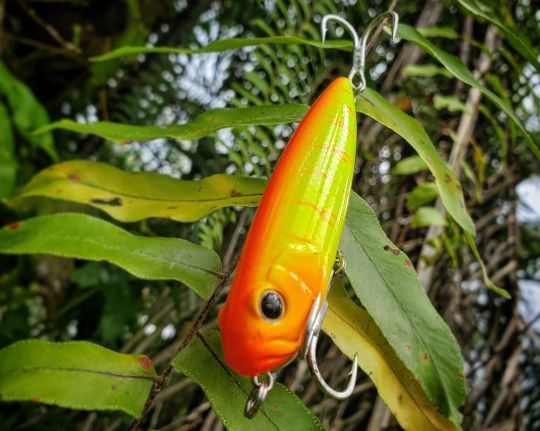
The Sight Cast is mainly used in the early morning or evening, as it requires calm water conditions to spot rises. You can also use them in sheltered bays. Surface lures or lures moving in 50 cm maximum are ideal.
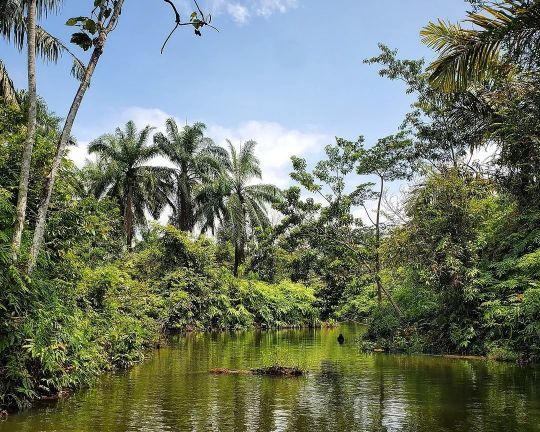
Freiball Stalking âeuros A technique like no other
This technique is probably the most popular in Malaysia. It involves finding a group of juvenile fish, a freiball, and trying to trigger an attack from the parents who patrol near the fry to protect them from predators, such as hampala barb, aruan (common snakehead) or peacock bass.
This technique requires observation and understanding of the group's behavior in order to anticipate casts. The way it moves, its shape and the size of the fry that make it up, provide important information for deducing the position of the adults. How deep are they? How far from the group? Are one or two parents present?

You'll learn to read the freiballs to optimize your chances of catching them. To play them, you will use crankbaits, lipless and other spinnerbaits. âeuros

 /
/ 